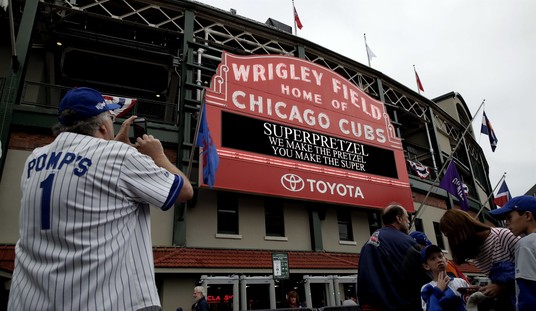Ghoulish. Wrenching. Nauseating. But mostly — incomprehensible.
Why did the New York Post feel it necessary to splash a picture on its front page depicting the imminent death of a man who had been pushed onto the New York subway tracks and was about to be hit by a train?
The photographer, R. Umar Abbasi, snapped at least two photos of Han before he was run over by the downtown Q train. The married father-of-one sustained critical injuries and was later pronounced dead at Roosevelt Hospital.
One of the haunting photos Abbasi took graces the front page of the Post this morning, incurring the ire of readers who want to know why no help was extended to the injured Han in lieu of capturing the moment for posterity.
Abbasi claims that he was using his camera’s flash to warn the train’s conductor, possibly suggesting that the photos were incidental. The Post further defends Abbasi, saying he wasn’t strong enough to lift Han off the tracks.
However, the question of whether it was proper for the Post to splash such a harrowing shot of a man about to die on its cover remains for many.
“Sickening rubber-necking front page from the New York Post,” tweeted Guardian sports editor Ian Prior. “Imagine how this man’s family feels.”
We will not reproduce the photo here. But its use by the Post to sell newspapers by giving it such prominence raises the question of whether there are any boundaries at all of good taste and ethics that the media won’t cross. The headline across the entire lower third of the tabloid is ridiculously melodramatic: “Doomed” it says. And in the upper right corner — just in case you’re unsure of exactly what you’re seeing — “Pushed on the subway track, this man is about to die.”
One could discuss the western way of death and how we should treat it as a part of life and not with the mysticism and awe that accompanies the subject for most of us. But the Post has no such uplifting or even legitimate reasons for publishing the photo. It is pure, unadulterated, unapologetic sensationalism — bright, garish, yellow journalism with all the attendant cynicism and exaggerated emotionalism for which this discredited form of journalism is known.
In the old days, a newspaper was supposed to reflect the standards of the community it served. Judging by the reaction of New Yorkers, the Post failed miserably in living up to those standards. The tweet by the Guardian reporter is spot on; did the Post even think of what this man’s family might feel if they saw that picture? Grief is an extraordinarily private matter and allowing the entire city — the entire world — a glimpse at the cause of this family’s grief is unconscionable. How can the editor, the photographer, and the publisher sleep at night knowing that they have burdened an already devastated family with this additional pain?
Newspapers have always used tragedy and blood as a sales pitch. It was not uncommon in the past for New York papers to feature bloody photos of murdered mobsters, for instance. And you can’t entirely divorce the need for profit from the desire for sensationalism.
But this was a no brainer. Bad taste, a violation of even modest ethical ideals — the Post should have known better than to publish such a photo. The boundary has now been pushed even farther from acceptable standards and the next time the opportunity arises, it will be easier to violate them.









Join the conversation as a VIP Member